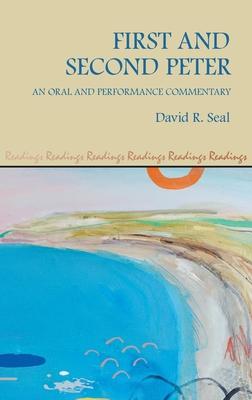David Seal's reading of 1 and 2 Peter in this commentary, in addition to explaining the text as written, also highlights the stylistics of oral literature employed by the author. The first-century Mediterranean world was a blend of an oral and a scribal culture; many commentaries overlook the oral nature of the New Testament letters. In oral societies, most people experienced written texts by hearing them read aloud. These two letters would have been experienced primarily through the listener's ears rather than by reading with their eyes.
1 Peter encourages its recipients, in their present sufferings, by reminding them of their future inheritance. One oral stylistic that Peter uses to highlight this reward and make a memorable impression on his audience is through both the cadence and the alliteration of the description of their inheritance. These oral features are captured in the English translation where Peter describes the nature of the reward as 'untouched by the ravages death, unstained by evil, and unhindered by the passing of time'. When spoken, these oral features, help to underscore the value and durability of the Christian's future reward.
Peter's knowledge that the church was experiencing challenges from false teachers is one reason he writes 2 Peter. To facilitate a negative view of these teachers, Peter compares their behavior to that of pigs and dogs. Manipulation of emotions was also a characteristic of oral performance. Portraying the teachers in an emotionally disturbing manner may have helped motivate the church to remove the false teachers from their community.
Some of the other oral stylistics discussed in this commentary include the author's manners of expression in terms of word choices, sentence patterns, sound patterns, and gestures that may have accompanied the recitation. By highlighting the patterns and poetic delivery of Peter's letters, which may be missed by modern readers, this commentary seeks to foster a deeper and clearer understanding of 1 and 2 Peter.
